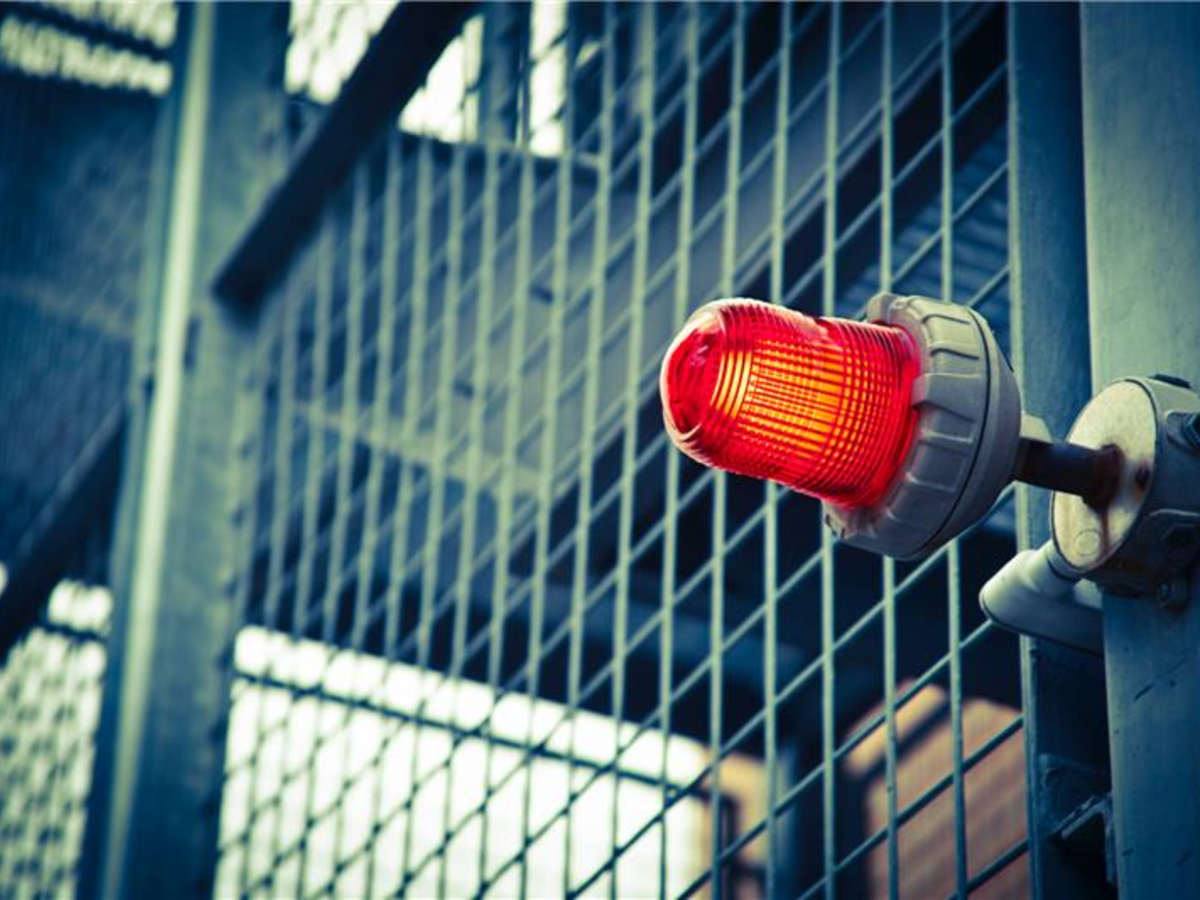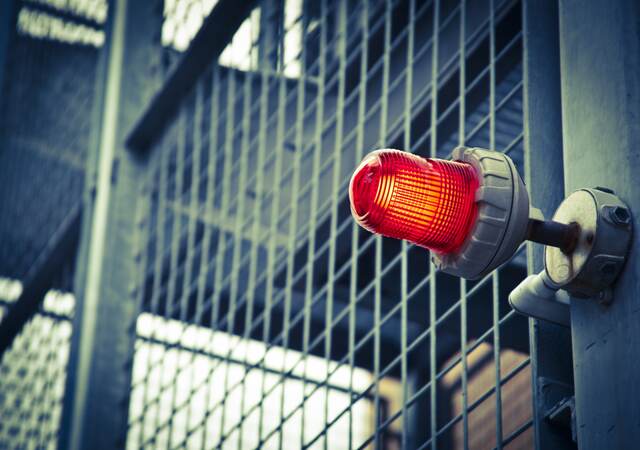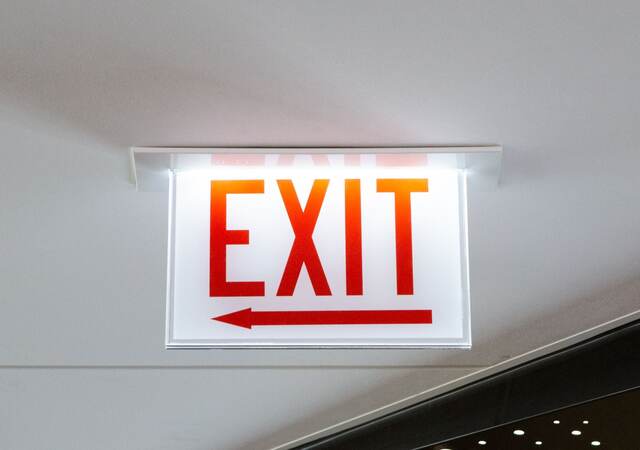Emergency lighting in the marketplace
All certified emergency lighting equipment is evaluated for its risks of fire and electric shock injury, but key to emergency lighting evaluations is the need to verify that it will work as intended when the need arises. While failing in a “safe” manner can be an acceptable outcome for many types of luminaires, that outcome is not acceptable for an emergency luminaire, an exit sign, or their supporting power and control systems.
Testing emergency lighting systems to UL 924 and other standards
UL 924, the Standard for Emergency Lighting and Power Equipment, adds several layers to the investigation process that applies to non-emergency equipment, such as UL 1598, the Standard for Luminaires, UL 8750, the Standard for LED Drivers, or UL 1778, the Standard for Uninterruptible Power Supply (UPS) equipment. These extra investigatory steps are what qualifies equipment certified to UL 924 to be installed for meeting the needs of the Life Safety Code NFPA 101, the Fire Code NFPA 1, the National Electrical Code® NFPA 70®, Article 700 Emergency Systems, and the International Fire and Building Codes.
Emergency lighting includes several types of equipment:
- Luminaires with integral batteries or by-passable dimming controls that provide illumination when the normal power supply is disrupted.
- Exit signs and pathway markings that provide directional guidance for leaving a building.
- Emergency power sources such as battery banks and uninterruptible power supplies.
- Controls, sensors and related auxiliary devices to manage and maintain system functionality.
Each product line has undergone significant and disruptive technological change over the past two decades, with more to come. LEDs are now the dominant lighting technology but photoluminescent products are widespread within the exit sign and path marking subsector; lithium battery technology is gradually taking over from the original lead acid and transitional nickel-based chemistries; and control systems are now mostly digitized and include various communication approaches, from 0-10V and DALI to PoE (power over ethernet), with wireless controls and test automation features now being deployed with greater frequency.
The recent publication of UL 924A OOI
The recent publication of UL 924A, Outline of Investigation for Emergency Signs with Alternative Visual Designs, allows sign manufacturers a path to certification for certain emergency signs not in the scope or the prescriptive design constraints of the current UL 924 safety Standard.
This new Outline of Investigation (OOI) addresses exit signs with alternative design features, such as an arrow instead of a chevron, have variations to the ISO 7010 “running man” graphical symbol that is prescribed in UL 924, or have other text or symbols unique to a region and intended to support the orderly evacuation of building occupants.
The UL 924A OOI provides a certification path for these product types that both establishes compliance with the performance objectives of UL 924 and respects the authority of local and regional jurisdictions to apply exit sign designs best aligned with their community’s language and cultural norms. The OOI allows the exit sign legend to deviate from the prescriptive design requirements where the sign installation instructions identify the jurisdiction(s) targeted by the sign design. UL 924 does not offer this design flexibility because it is firmly aligned with certain North America-based installation codes (i.e., fire and building codes NFPA 70, NFPA 101, and the IBC/IFC) that seek strict adherence to defined exit sign legend visual features.
We can help you navigate the regulatory and certification complexities associated with these systems as well as the ever-changing marketplace.
Emergency lighting requirements and services
We offer the full range of certification services associated with both UL 924 and UL 924A OOI, plus UL 1994, the Standard for Luminous Path Marking Materials, as well as other international standards. Our subject matter experts communicate frequently with one another to ensure the rapid changes in technology and the means to properly evaluate them for life-safety purposes remains consistent across the globe. The UL 924 approach to evaluating emergency lighting equipment has also gained considerable advocacy in the Middle East, Asia and the Indian subcontinent due to its rigor, specificity, practicality and efforts to keep up with the changing technology; the visual design flexibility of UL 924A may be particularly relevant for exit signs intended for installation in those regions.
A recent and significant revision to UL 924 involves the evaluation of controls that may be integral to or intended to work with emergency lighting equipment. The testing protocol was significantly expanded and renamed as the Emergency Lighting Control Functionality (ELCF) test. This test now provides guidance for evaluating a wider range of functionalities associated with emergency lighting control and creates the opportunity to individually certify an Emergency Lighting Control Device (ELCD) that can be separately field installed to support other previously installed emergency lighting equipment.
Most of the product types within the scope of UL 924 are certified within a single product category control number (CCN), but there are a few specialty categories. More information about each certification category is available by searching our Product iQ™ database:
- FTBR – Exit Signs, Emergency Luminaires, Emergency Battery Packs, Unit Equipment, ELCDs, Central Battery Systems (UPS)
- FTBV – LED Emergency Battery Packs (eligible for certification under either FTBR or FTBV)
- FTBZ – Emergency Signs with Alternative Visual Designs
- FWBO – Exit Fixtures (no integral batteries)
- FWBX – Photoluminescent Exit Signs
- FWCF – Exit Sign Conversion Kits
- FWCN – Exit Fixture to Exit Light Conversion Kits
- GGET – Exit Sign Retrofit Kits
- IMZI – (UL 1994) Luminous Egress Path Marking Systems
CSA C22.2 No. 141 and CAN/ULC-S572: Canadian standards for emergency lighting systems
Our emergency lighting certification services also address the needs of equipment to be installed in Canada with well-maintained training and documentation to close the limited technical gaps between UL 924 and the applicable Canadian standard, CSA C22.2 No. 141. The Canadian Standard for photoluminescent exit signs and path markers, CAN/ULC-S572, is administered by our Canada affiliate, is fully aligned with UL 924 and UL 1994, and provides for a seamless U.S. and Canadian certification.
Contact us to get the conversation started about your project today.
Get in touch
Have questions, need specifics? Let's get this conversation started.






